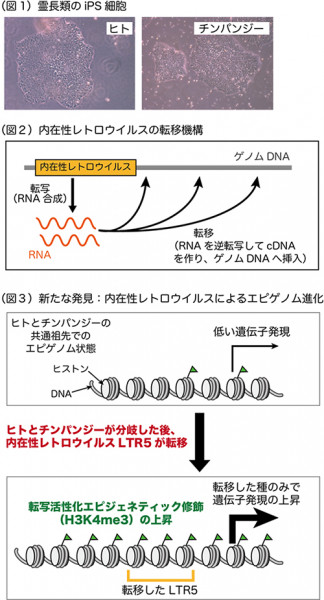水道水の定期的なサンプリングとレジオネラ菌のゲノム配列決定(全遺伝子構造の決定)が、レジオネラ症発生源の特定に重要な役割を果たす可能性があることが、研究により示唆されています。 Routine sampling of water supplies and genomic sequencing – determination of the entire genetic makeup – of Legionella bacteria could play a key role in identifying the source of Legionnaires’ disease outbreaks, research suggests.
2022-10-12 エディンバラ大学
その結果、スコットランドにおけるレジオネラ菌の特徴とその伝播について、新たなレベルの詳細と新たな知見が明らかになった。
研究者は、遺伝子コードの解析から、旅行後のレジオネラ菌感染症は、同じ英国または海外旅行先で発生した他の菌と密接に関連していることが多いことを発見した。
解析の結果、病院や旅行関連ではなく、地域社会で発症したスコットランドの感染症のほぼ3分の1が、単一の変種によって引き起こされていることが判明した。
この細菌の異なる変種は、いくつかの病院で長期間(場合によっては17年間)発見されており、この細菌が持続しているか、病院の水系に繰り返し導入されていたことを示唆している。
<関連情報>
- https://www.ed.ac.uk/news/2022/genetic-analysis-key-to-understanding-legionella-r
- https://www.thelancet.com/journals/lanmic/article/PIIS2666-5247(22)00231-2/fulltext
スコットランドにおけるレジオネラ症の疫学的解析:ゲノムの研究 Epidemiological analysis of Legionnaires’ disease in Scotland: a genomic study
Jamie Gorzynski, Bryan Wee, Melissa Llano, Joana Alves, Ross Cameron, Jim McMenamin, Prof Andrew Smith, Diane Lindsay, Prof J Ross Fitzgerald
The Lancet Microbe Published:October 11, 2022
DOI:https://doi.org/10.1016/S2666-5247(22)00231-2

Summary
Background
Legionella pneumophila is the main cause of a severe pneumonic illness known as Legionnaires’ disease and is a global public health threat. Whole-genome sequencing (WGS) can be applied to trace environmental origins of L pneumophila infections, providing information to guide appropriate interventions. We aim to explore the evolutionary and epidemiological relationships in a 36-year Scottish L pneumophila reference isolate collection.
Methods
We investigated the genomic epidemiology of Legionnaires’ disease over 36 years in Scotland, comparing genome sequences for all clinical L pneumophila isolates (1984–2020) with a sequence dataset of 3211 local and globally representative isolates. We used a stratified clustering approach to capture epidemiological relationships by core genome Multi-locus Sequence Typing, followed by high-resolution phylogenetic analysis of clusters to measure diversity and evolutionary relatedness in context with epidemiological metadata.
Findings
Clustering analysis showed that 111 (57·5 %) of 193 of L pneumophila infections in Scotland were caused by ten endemic lineages with a wide temporal and geographical distribution. Phylogenetic analysis of L pneumophila identified hospital-associated sublineages that had been detected in the hospital environment up to 19 years. Furthermore, 12 (30·0%) of 40 community-associated infections (excluding a single, large outbreak) that occurred over a 13 year period (from 2000 to 2013) were caused by a single widely distributed endemic clone (ST37), consistent with enhanced human pathogenicity. Finally, our analysis revealed clusters linked by national or international travel to distinct geographical regions, indicating several previously unrecognised travel links between closely related isolates (fewer than five single nucleotide polymorphisms) connected by geography.
Interpretation
Our analysis reveals the existence of previously undetected endemic clones of L pneumophila that existed for many years in hospital, community, and travel-associated environments. In light of these findings, we propose that cluster and outbreak definitions should be reconsidered, and propose WGS-based surveillance as a critical public health tool for real-time identification and mitigation of clinically important endemic clones.
Funding
Chief Scientist Office, Biotechnology and Biological Sciences Research Council (UK), Medical Research Council Precision Medicine Doctoral Training Programme, Wellcome Trust, and Medical Research Council (UK).


